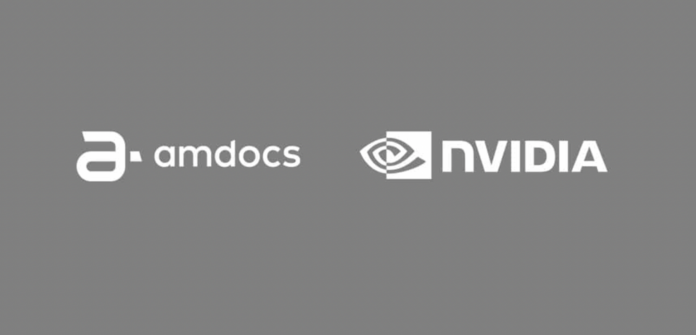Amdocs will use the Nvidia AI foundry service to build custom large language models for telcos
Earlier this week, Nvidia announced an AI foundry service that runs on Microsoft Azure to gives enterprises an end-to-end solution for creating and optimizing custom generative AI (GenAI) models. Today, it has been revealed that Amdocs will use this foundry service to build custom large language models (LLMs) for the global telecommunications industry.
The Nvidia AI foundry service consists of a collection of Nvidia AI Foundation Models, Nvidia NeMo framework and tools, and Nvidia DGX Cloud AI supercomputing and services.
In a press release about the new partnership, Nvidia explained that Amdocs’ LLMs will run on Nvidia accelerated computing as part of the Amdocs amAIz framework, and that these new generative AI capabilities with provide service providers with enhanced performance, optimized resource utilization and the flexibility to scale to meet future needs.
“While preliminary applications of generative AI used broad datasets, enterprises have become increasingly focused on developing custom models to perform specialized, industry-specific skills,” the chipmaker stated. “By training models on proprietary data, telcos can deliver tailored solutions that produce more accurate results for their use cases.”
This collaboration builds on a previously announced partnership between Amdocs and Microsoft, in which the pair combined Amdocs’ cloud-native Commerce and Care Suite and Microsoft’s Dynamics 365 and Power Platform to help service providers leverage AI to improve end-user experiences across all channels and applications, monetize innovative 5G use cases and accelerate the move to the cloud.
Telcos need their own GenAI models
In the final episode of the RCR Wireless News podcast Well, technically… Swisscom’s Executive Vice President of Data, Analytics & AI Laure Willemin, explained the important role that GenAI will play in the telecom space, but highlighted that it won’t solve every problem and that it’s critical for the industry to develop its own GenAI models to get the most out of this burgeoning technology.
And the industry seems to be responding. Last month, for instance, Korean carrier SK Telecom (SKT) and German operator Deutsche Telekom announced plans to jointly develop an industry-specific LLM as the initial step of the “Global Telco AI Alliance,” an initiative previously announced by Deutsche Telekom, e&, Singtel and SK Telecom. The new offering will be specially tailored to the requirements of digital assistants in customer service and will make easier for telecommunications companies to deploy generative AI models efficiently and quickly.
More recently, Samsung Electronics unveiled Galaxy AI, which the company described as “a comprehensive mobile AI experience.” The AI system includes Samsung’s own generative language model called Gauss Language — named after mathematician and physicist Carl Friedrich Gauss — that assists in the composition of emails and translates content. Galaxy AI is reportedly coming “early next year,” suggesting it might be included in its Galaxy S24 smartphone lineup.

